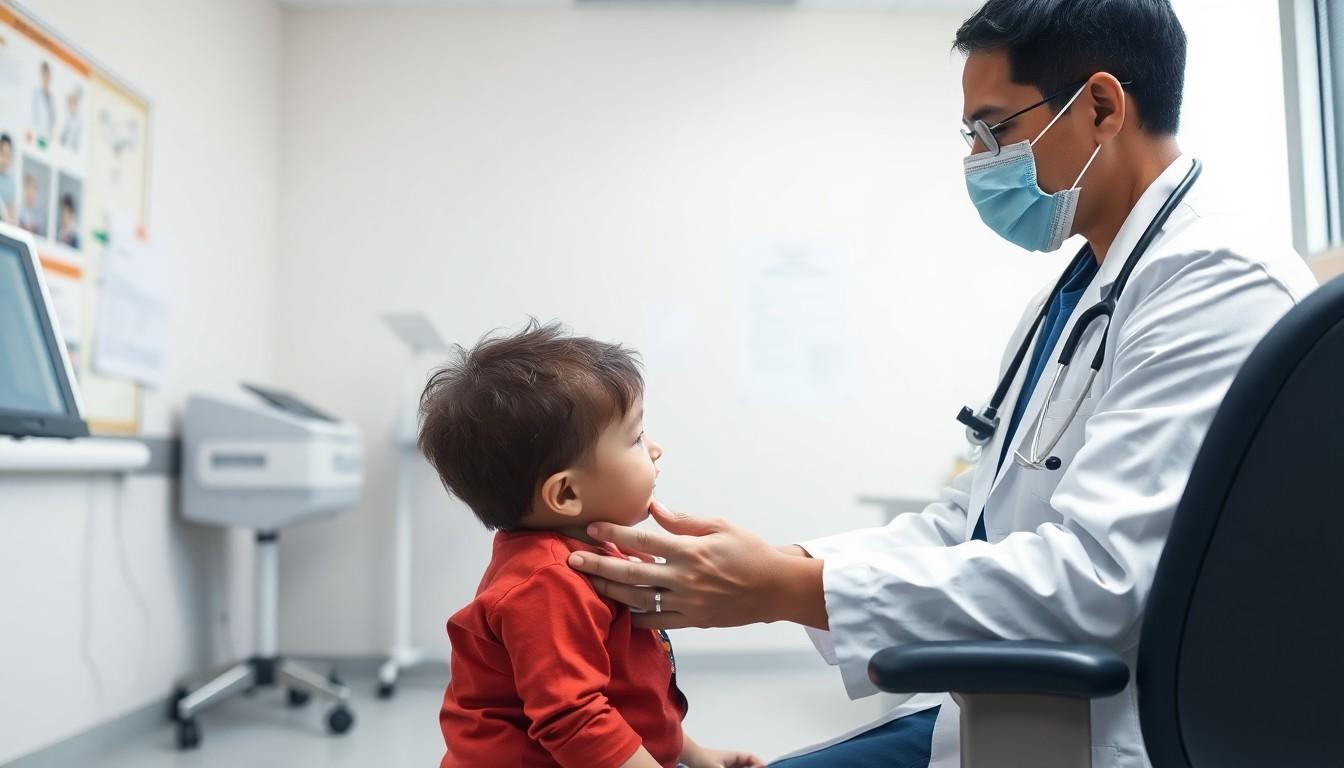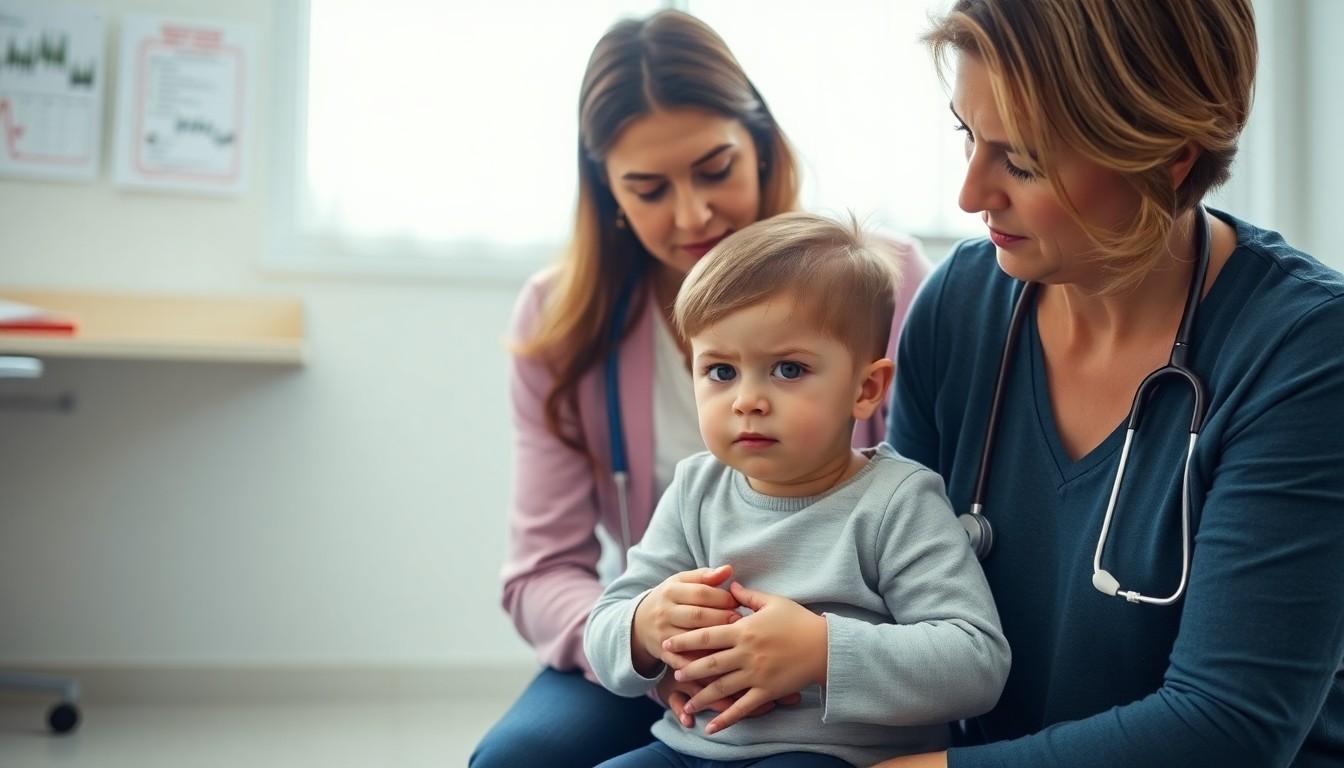When it comes to children’s health, parents often find themselves navigating a maze of information and advice. One topic that might leave them scratching their heads is the treatment of woonzotic. While it sounds like something out of a sci-fi movie, it’s a real concern that can affect kids. Understanding how to tackle this issue is crucial for every parent.
Overview of Woonzotic Conditions
Woonzotic conditions affect children in various ways. Understanding these conditions contributes significantly to ensuring proper treatment and care.
Definition and Types
Woonzotic refers to a class of conditions resulting from infections mainly transmitted from animals to humans. Several types exist, with some being more prevalent in children. Examples of these conditions include zoonotic viral infections, bacterial infections, and parasitic infections. Each type poses unique risks, requiring tailored approaches for effective management. Children are particularly vulnerable due to their developing immune systems and frequent interaction with animals.
Symptoms in Children
Symptoms of woonzotic conditions can vary considerably among affected children. Common indicators include fever, fatigue, and gastrointestinal distress. Children might also display symptoms like rash and joint pain. It’s essential for parents to recognize these signs early. If a child presents with persistent symptoms after exposure to animals, medical consultation is crucial. Timely identification enhances treatment efficacy and reduces potential complications associated with these conditions. Understanding these symptoms aids in ensuring a swift response.
Diagnosis of Woonzotic in Children

Diagnosing woonzotic in children involves a thorough process including medical evaluations and laboratory tests. Timely recognition of symptoms and appropriate testing helps ensure effective treatment.
Medical Evaluation
A comprehensive medical evaluation forms the basis of diagnosing woonzotic conditions. Healthcare providers conduct detailed interviews, gathering information about the child’s exposure to animals and specific symptoms. They assess critical factors like duration and severity of symptoms. Physical examinations focus on identifying signs, such as rashes or swelling. Clinicians may also inquire about the child’s vaccination history and any recent travel to areas with higher zoonotic risks. Observations during this evaluation guide further diagnostic steps.
Laboratory Tests
Laboratory tests play an essential role in confirming the diagnosis of woonzotic conditions. Various tests identify pathogens responsible for the infection. Blood tests can reveal elevated white blood cell counts or specific antibodies against zoonotic agents. Fecal tests check for parasitic infections in children exhibiting gastrointestinal symptoms. Additionally, serological tests detect antibodies linked to specific viral or bacterial zoonoses. Accurate laboratory results provide a clearer picture, helping establish a targeted treatment plan for the child.
Treatment Options for Woonzotic
Multiple treatment options exist for managing woonzotic conditions in children, encompassing medications, supportive care, and alternative therapies. Each approach can cater to specific symptoms or underlying infections.
Medications
Antibiotics often serve as the primary treatment for bacterial zoonotic infections. For viral zoonoses, antiviral medications may provide relief by targeting the virus directly. Antiparasitic drugs can address parasitic infections effectively, ensuring thorough eradication. Prescribing the right medication depends on lab results and clinical evaluation. Dosage adjustments might occur based on the child’s age and weight. Regular monitoring helps track progress and adjust treatment as needed.
Supportive Care
Supportive care remains crucial for managing symptoms and promoting recovery. Hydration plays a key role in helping children recover from illnesses. Providing adequate fluids, whether through water or oral rehydration solutions, addresses dehydration caused by gastrointestinal distress. Rest is essential for boosting the immune system, so ensuring children get plenty of sleep is necessary. Other comfort measures, such as topical treatments for rashes or medications for pain relief, can enhance quality of life during recovery. Parents can also maintain a soothing environment to help their child feel safe and supported.
Alternative Therapies
Alternative therapies can complement conventional treatments for woonzotic conditions. Some parents explore herbal remedies, emphasizing the importance of consulting healthcare providers first. Acupuncture may also provide pain relief and boost the immune system, though it’s crucial to find a qualified practitioner. Dietary changes focusing on nutrient-rich foods support overall health and resilience. Mindfulness techniques, such as deep breathing or guided imagery, help children cope with anxiety related to illness. Combining these therapies with traditional medicine can foster a holistic approach to health and recovery.
Preventative Measures
Preventative measures are vital in reducing the risk of woonzotic conditions in children. Focusing on vaccinations and hygiene can significantly enhance protection against zoonotic infections.
Vaccination Guidelines
Vaccination plays a crucial role in safeguarding children from zoonotic diseases. Recommended vaccines include those for rabies, hepatitis A, and certain strains of influenza. Following a scheduled vaccination plan fortifies a child’s immune response to specific pathogens. Parents should consult healthcare professionals to ensure their child’s vaccination status aligns with current guidelines. Staying up to date on vaccinations greatly decreases the likelihood of exposure to zoonotic infections.
Hygiene Practices
Hygiene practices serve as the first line of defense against zoonotic infections. Handwashing with soap and water remains essential, especially after contact with animals or outdoor play. Regularly cleaning surfaces, particularly in areas where pets reside, reduces the risk of transmission. Additionally, avoiding contact with wild animals and educating children about animal interactions can prevent potential infections. Maintaining personal hygiene promotes overall health and helps diminish the chances of zoonotic exposure.
Conclusion
Addressing woonzotic conditions in children requires a proactive approach from parents and caregivers. Recognizing symptoms early and seeking medical advice can significantly improve treatment outcomes. By staying informed about zoonotic risks and ensuring children receive appropriate vaccinations, parents can help safeguard their children’s health.
Incorporating good hygiene practices and educating children about safe interactions with animals further reduces the likelihood of infections. With the right knowledge and strategies in place, families can effectively navigate the challenges posed by woonzotic conditions, ensuring a healthier future for their children.

